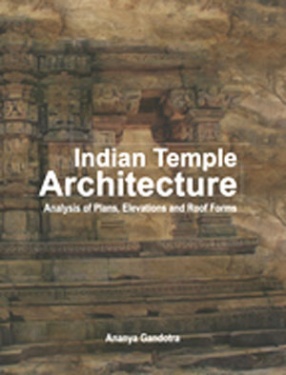Rabindra Chitravali: Paintings of Rabindranath Tagore (In 4 Volumes)
In stock
Free & Quick Delivery Worldwide
Rabindra Chitravali brings together in four volumes the paintings of Rabindranth Tagore. The core of this corpus is his paintings in the Rabindra Bhavana and Kala Bhavana collections of Visva-Bharati, Santiniketan, numbering about 1700 objects. To this will be added paintings in the collection of National Gallery of Modern Art and the collections at Rabindra Bharati University, Kolkata, National Gallery of Modern Art, New Delhi and Bangalore, and Indian Museum, Kolkata, bringing up the total number of paintings to more than 2000 in all. Rabindra Chitravali will not only make the paintings accessible to art historians and scholars of Rabindranth with critical annotations and comments, but also bring together a selection of Rabindranath’s own statements and documents relating to the presentation and reception of his paintings during his lifetime.
The book brings into focus three aspects of Rabindranath’s engagement with art. Firstly, it looks at his influence on the developments in modern art in pre-Independent India, through his influence on Abanindranath, Gaganendranath and Nandalal; more pointedly at the role he played in steering Indian art away from the historicism of the Bengal School and turning it into an art with a strong sense of place and of life as it was lived, particularly in rural Bengal. Secondly, it focuses closely on his work as a painter, which, though limited to the last two decades of his long creative life, opened new horizons on the Indian art scene and became with its inventiveness, expressive power and sense of personalized search for the next generation of Indian artists an impetus for exploration. Further, it brings together the most exhaustive collation of his painted images that continue to delight, haunt, and stir our minds. Finally, it looks at how his experience of painting led Rabindranath to reconsider his views on the role and the possibilities of the arts. Thus, this book is a comprehensive study of his painterly oeuvre in terms of its sources, evolution and interrelatedness to his intellectual and creative life as a whole, and will contribute to a fuller understanding of Rabindranath’s creative personality.
The book, with more than 2000 images of Rabindranath’s paintings and doodles in colour, supporting texts, and other archival material is designed to become and remain the most comprehensive reference work on Rabindranath’s paintings for a long time. It will surely be of indispensable help to every serious student of Rabindranath and Indian art, but going beyond that it will also be of interest to those who wish to explore patterns of the creative mind.
Bibliographic information
Title
Rabindra Chitravali: Paintings of Rabindranath Tagore (In 4 Volumes)
Author
Edition
1st ed.
Publisher
ISBN
9788189323400
Length
1600p., 2000 Illustrations; 36x28cm.
Subjects








There are no reviews yet.